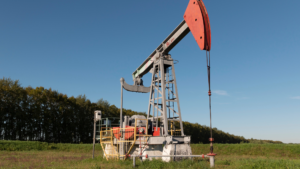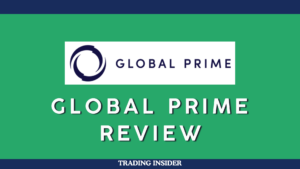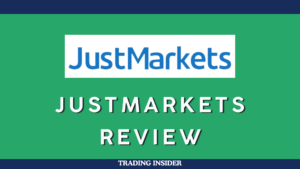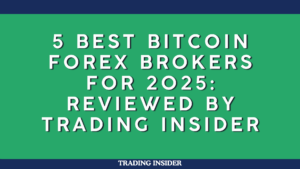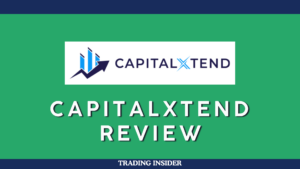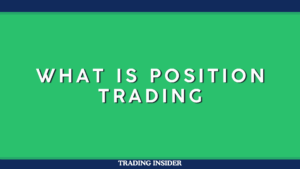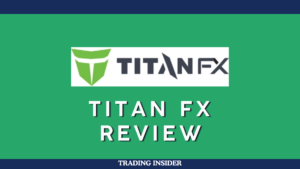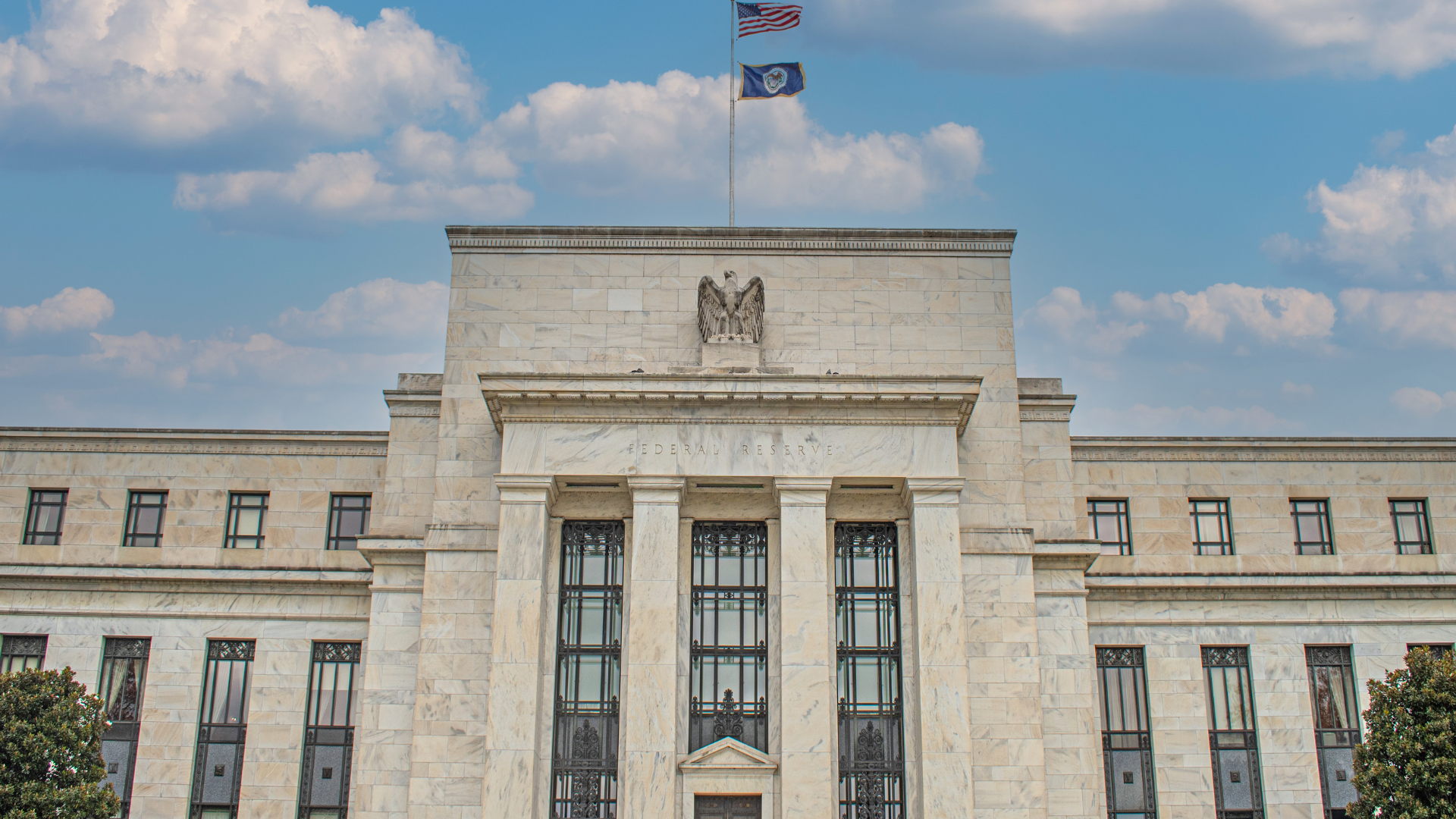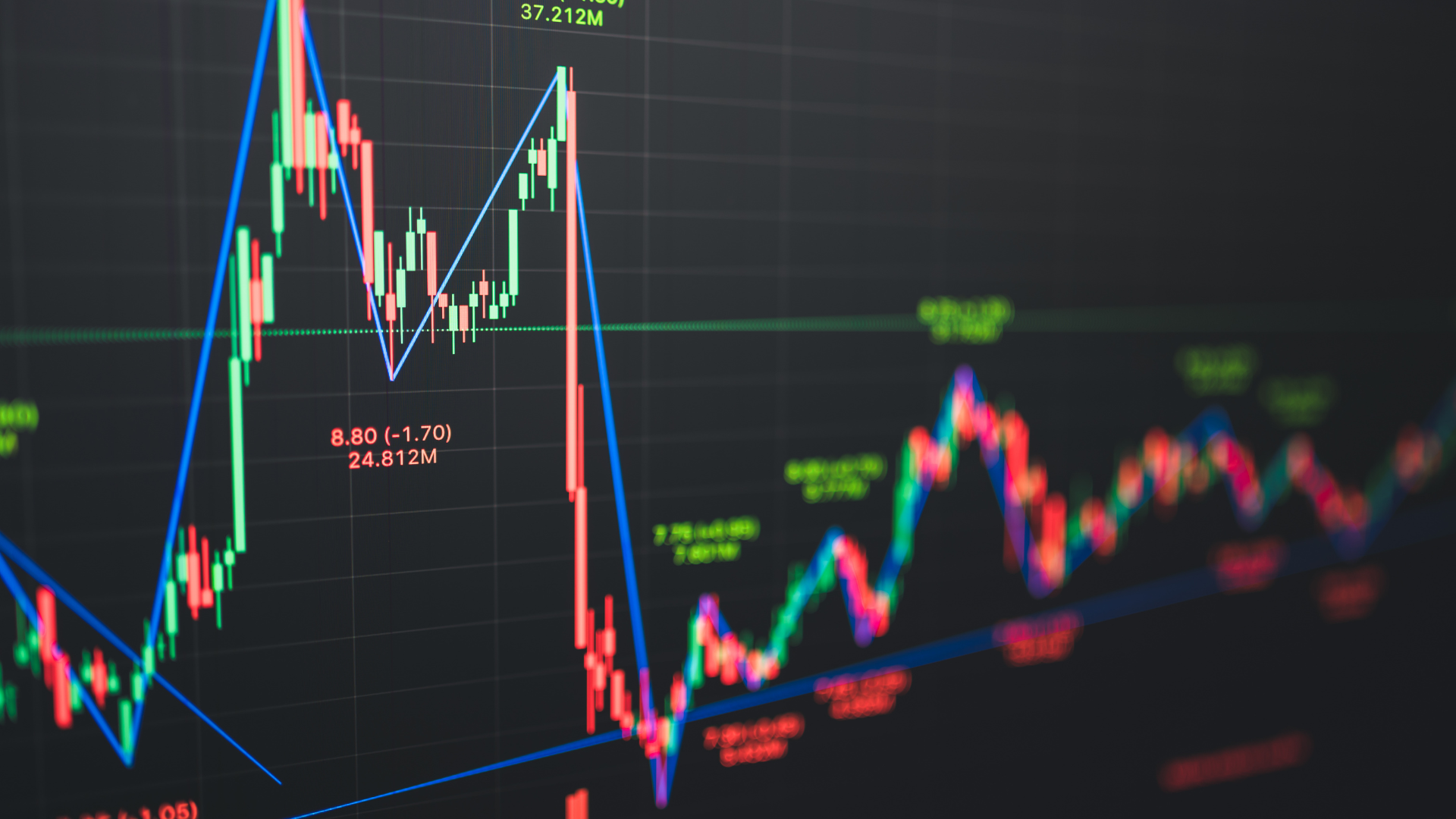Federal Reserve official Raphael Bostic acknowledged the economy remains in a state of flux, making it difficult to predict how conditions will evolve in the near term. His comments reflect the ongoing uncertainty surrounding inflation, growth, and monetary policy, as the Fed weighs its next moves.
Bostic noted that while the U.S. economy has shown resilience, the path forward is far from clear, with mixed signals emerging from labor markets, consumer spending, and business activity. The central bank remains cautious, closely monitoring data to determine whether inflation is firmly on track toward the Fed’s 2% target.
Despite speculation about potential rate cuts, Bostic has maintained a cautious stance, suggesting that policymakers need more evidence before making any significant shifts. He emphasized that the Fed’s next steps will depend on economic conditions, particularly the trajectory of inflation and employment.
Investors are watching closely, as market expectations for rate cuts have fluctuated in recent weeks, driven by shifts in economic data and Fed commentary. If inflation proves stickier than anticipated, the Fed may delay easing, while a sharper economic slowdown could accelerate policy adjustments.
The uncertainty has contributed to volatility across financial markets, with investors struggling to gauge when the central bank might begin cutting rates. The upcoming U.S. jobs report and inflation data will be key in shaping expectations for the Fed’s next policy decision.
For now, Bostic’s remarks reinforce the Fed’s data-dependent approach, with no clear signal on when or how aggressively policymakers may adjust rates. Markets remain on edge, waiting for clearer signs of where the economy is heading and how the central bank will respond.

